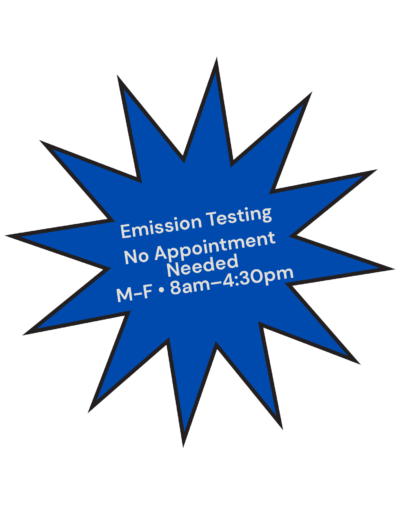Warning Lights That Signal Car Repair
Do you know what each and every one of the warning lights on your car’s dashboard represents? Probably not, but there are a few warning lights that every driver should know, if only because they cannot be ignored (regardless if you’re a regular commuter or you only use your automobile for short trips).
The warning indicators on your dashboard are there for a reason, and most illuminate in different ways to signal different situations. For instance, when you start your car, all of the lights on your dashboard will typically flash, letting you know that each of your vehicle’s systems is in working order. If, however, one illuminates while you’re driving or after this start-up sequence, it could indicate that your car needs repair, and quick.
Here’s a run-down of the most important lights on your dashboard.
Oil Pressure Light
This light may actually be one of the most important lights on your dashboard. Often showing a little oilcan or the word “OIL,” the oil pressure light illuminates when your vehicle experiences a drop in oil pressure.
Because it is vital that your engine be well-lubricated during operation, you should never drive your vehicle if this light is on. If it turns on and stays on while you are driving, pull off the road at the first safe opportunity, turn off your engine, and call someone for assistance. Driving your car while the oil pressure light is on can cause serious, irreparable damage to your engine.
Engine Temperature Light
Another important warning indicator, the engine temperature light is often a thermometer icon or the word “TEMP.” This dashboard light illuminates when the temperature of your engine exceeds safe levels and, unless it is quickly brought into “the safe zone,” can damage your engine.
An illuminated engine temperature light could indicate a coolant leak, a faulty temperature sensor, or another serious issue. If the engine temperature indicator turns on and stays on while you are driving, you should try not to drive your vehicle. Instead, pull off the road at the first safe opportunity, shut off your engine, and call for help.
If your engine is steaming, be extremely careful if you try to open your hood. And do not, under any circumstances, try to remove your radiator cap while the engine is hot.
Charging System Light
Typically a battery symbol, the word “GEN” or the word “ALT,” the charging system light lets you know when there is a problem with your vehicle’s electrical system (specifically, that your electrical system is not getting power from the alternator).
If this light comes on, turn off any unnecessary electrical drains (like your radio, heater, air conditioner, or iPod charger) and drive your vehicle to a car repair shop as soon as you can. Be aware that if you park your car, you may not be able to start it again without a “jump.”
Check Engine Light
The Check Engine Light is another helpful dashboard indicator that lets you know that you should have your car checked out by a service professional. Typically, this light (which is often an engine icon and/or the words “CHECK” or “CHECK ENGINE”) lets you know when there is something wrong with your vehicle’s exhaust system.
This light can stay on or flash, depending on the type of problem that your vehicle’s sensors are sensing. If the light stays on, make an appointment with a car repair shop as soon as is convenient. If the light flashes, this could indicate a more serious problem, so it’s best to make an appointment (or emergency repair visit) immediately.
Other Dashboard Indicators
The warning lights listed above aren’t the only dashboard lights that can indicate your car needs to be serviced, but they are the most important. Depending on the type and year of your vehicle, you may also see any of the following dashboard indicators:
· Brake System Light
· Battery Charge Warning Light
· Low Coolant Level Warning Light
· IMA Light (for Integrated Motor Assist)
Disregarding the warning lights on your vehicle can cause serious, costly damage. It can also endanger the safety of anyone in the vehicle (and other cars on the road). If your warning indicators light up or act in a way that seems unusual, be sure to call a qualified auto repair service technician or repair shop to make sure that your vehicle is still safe to drive.

